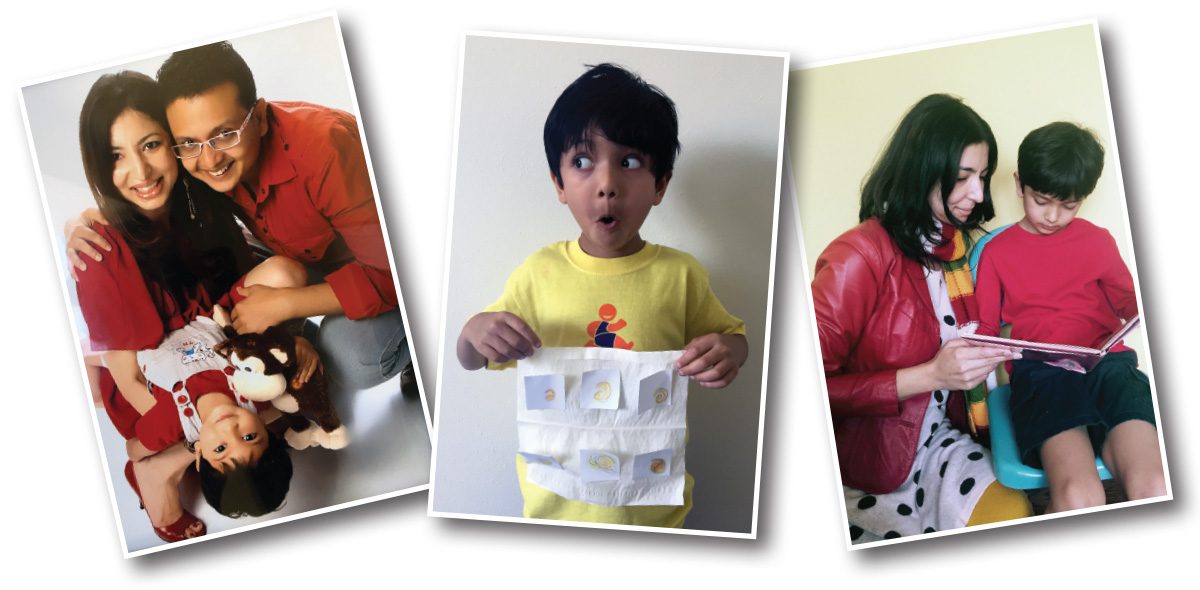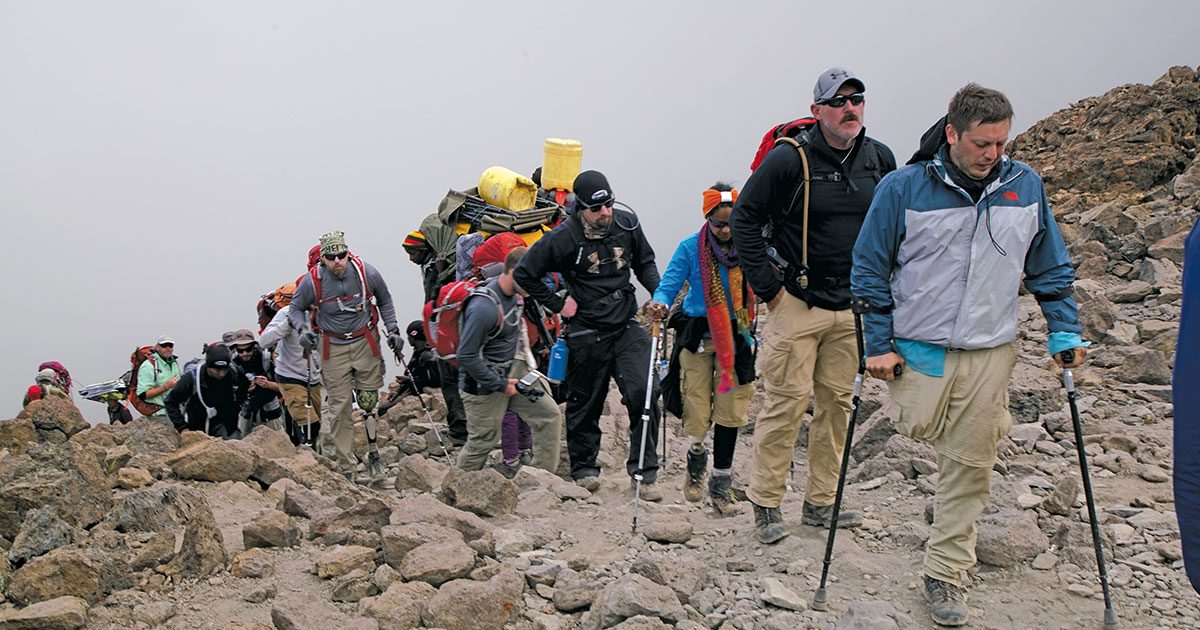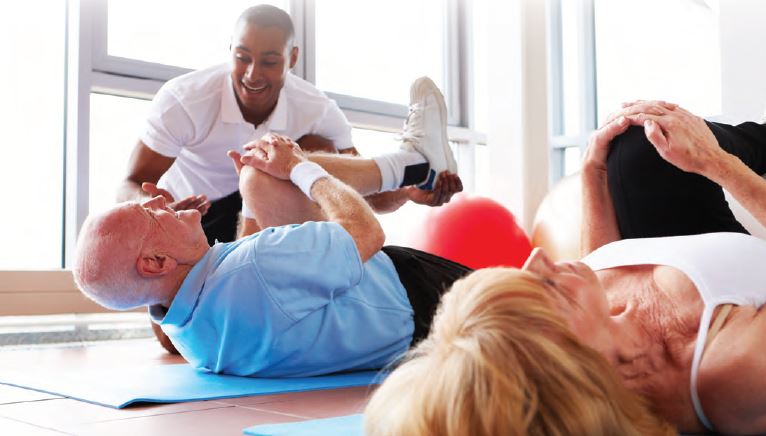A Nurturing Flash: Bounce Back After a Tumble
Volume 28, Issue 2 | March/April 2018, Page 30 | by Harleen Chhabra Gupt | How do you demonstrate care and build your child’s resilience? As an amputee parent, life-altering injuries are especially scary.
Relieving Phantom Pain and Opioid Dependency with Medicinal Marijuana
A Walk in the Clouds
Do You Know Your K-Level?
Volume 23, Issue 5 September/October 2013 –
An interview with Interim President & CEO Sue Stout about the importance of amputees knowing their K-levels –
inMotion | What is a “K-level” and why is it important?
Sue | K-levels are a rating system used by Medicare to indicate a person’s rehabilitation potential. The system is a rating from 0 through 4 and it indicates a person’s potential to use a prosthetic device if they had a device that worked well for them and they completed rehabilitation to use the device properly. Your K-level designation is important because it is the driving factor in the decision on what prosthetic device to provide to you and the payment for that prosthetic device.
Fighting Water Retention
Volume 23, Issue 3 May/June 2013 –
by Chris Weintrob –
Feeling swollen, bloated and downright puffy?Socket too tight? You’re not alone. The good news is there are simple remedies to fight the bloat and even prevent it in the first place.
Preventing Contractures
Volume 21, Issue 3 May/June 2011 –
by Nicholas LaRaia, PT, DPT, NCS –
The most important point in any discussion of contractures is that prevention works best. However, if a contracture does develop, there are many approaches to treatment. The best results are usually obtained through a combination of approaches, but one of the most important elements is an active exercise program.
Bilateral Upper-Limb-Loss Rehabilitation
Volume 21, Issue 1 January/February 2011 –
by Shawn Swanson Johnson, OTR/L –
Upper-limb loss is a rare occurrence. Consider this fact: for every incident of upper-limb amputation, there are 30 incidents of lower-limb amputation. Bilateral upper-limb loss is even rarer, and is extremely challenging, as there is not a remaining arm to perform daily self-care tasks.
Identifying and Managing Skin Issues With Lower-Limb Prosthetic Use
Volume 21, Issue 1 January/February 2011 –
by M. Jason Highsmith, DPT, CP, FAAOP, James T. Highsmith, MD, and Jason T. Kahle, CPO –
Fitting a prosthesis is complicated because parts of the human body are used for tasks for which they are not designed. The skin/prosthesis interface is at fault for many complications. Here, a synthetic material, such as silicone or plastic, is in constant contact with the skin. Skin is not well-suited for this type of material contact. Skin problems are one of the most common conditions affecting lower-limb prosthetic users today. Skin problems are experienced by approximately 75 percent of amputees using a lower-limb prosthesis. In fact, amputees experience nearly 65 percent more dermatological complaints than the general population.
The Importance of Gait Training
Volume 21, Issue 1 January/February 2011 –
by Scott Cummings, PT, CPO, FAAOP –
It is the goal of most every lower-limb amputee to walk “normally” again. In the context of this article, “normal” is defined as a symmetrical gait pattern that falls within the “average” range in terms of posture, step length, rate of speed, limb positioning, etc. But being a lower-limb amputee resents many different challenges when it comes to ambulating safely and without exerting excessive energy.






